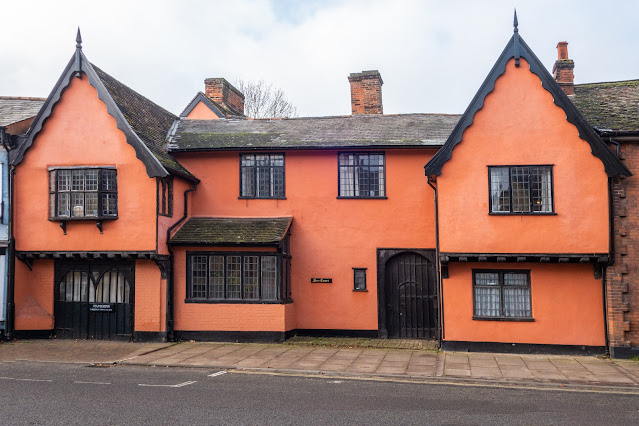Nature`s autumn harvest
This particular year (2025) appears to have been a very fruitful one for all sorts of `fruits of nature` - I guess a damp spring and a long dry, warm summer have all contributed to this wondrous crop on all the hedgerows in the countryside.
Here are just a few images taken on the countryside around where I live and walk.

Rose Hips - common enough but prolific this year.
Snowberry (Symphoricarpos Albus) - is considered an invasive plant in the UK because it can spread aggressively and outcompete native species. It was introduced by the Victorians for game bird cover and now forms dense thickets through its fast-growing root systems, suppressing the growth of surrounding plants.
Blackberries - a fruit which most of us a familiar with but which were only introduced into America in the mid 19C
A Pyracantha (Firethorn) hedge is a dense, evergreen, and thorny hedge that produces white flowers in late spring, followed by clusters of red, orange, or yellow berries in the fall, which attract birds. There are one or two hedges in the neighbourhood which look magnificent this time of year.
Common dogwood (Cornus sanguinea) - is a familiar sight in hedgerows, woodlands, and gardens across the UK, admired for its vibrant red stems in winter and clusters of creamy white flowers in spring. As the seasons turn, its dark purple-black berries may catch the eye of curious foragers.
However, while wildlife such as birds enjoy these fruits, they’re not suitable for human consumption and can cause digestive discomfort if eaten. So beware!
Hawthorne (Crataegus) - is one of the most magical and enchanted trees of Britain’s hedgerows. It is steeped in numerous traditions and folklore, earning its reputation as a fairy tree cherished by hedge witches!
This omnipresent tree breathes life into the countryside, adorning it with its intoxicating and captivating May blossom. As autumn arrives, the hawthorn transforms its blooms into glistening red berries, just when the tree starts to shed its leaves.
Pine Cones - Lots of these cones by a local front garden but I am not sure of the variety - perhaps Scots Pine?
Conkers from the Horse chestnut tree (Aesculus hippocastanum) - Conkers are the seeds of the horse chestnut tree, and the term also refers to the popular British and Irish playground game where players try to break each other's conkers by striking them with a string. To play, each player drills a hole through a conker, threads it onto a shoelace, and takes turns swinging their conker to hit their opponent's until one breaks. I used to play a lot at school but that I believe is banned now! I have never seen as many as this year!
An acorn is a nut that grows on an oak tree such as English Oak Tree ‘Quercus Robur` enclosed in a scaly, cup-shaped cap called a cupule. They are a primary food source for many animals, who gather them for sustenance. Pigs love them apparently!
It has been wondrous to see around the countryside and perhaps will lead to increased growth next year.


_001.JPG)










Comments